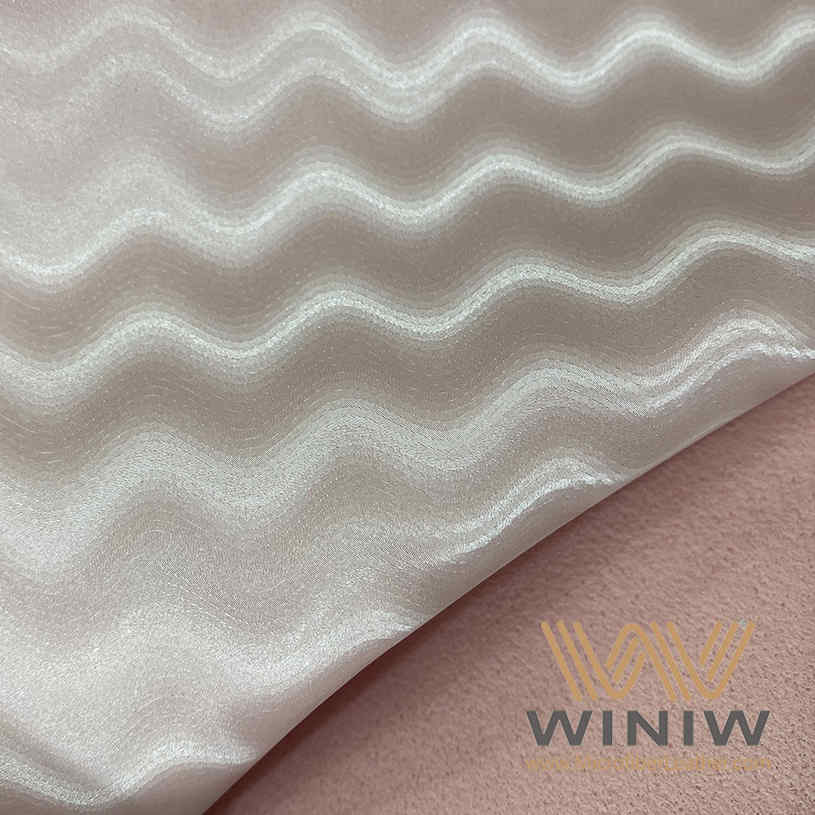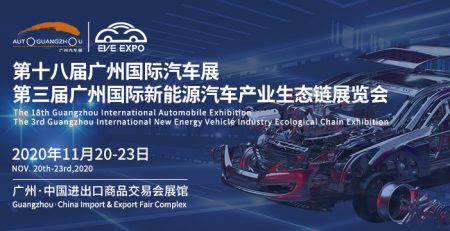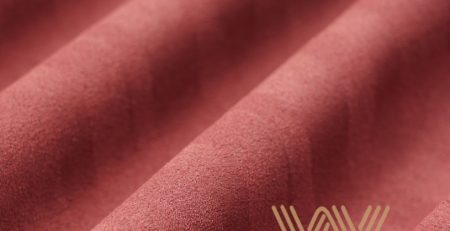
Kulit sintetis is generally classified according to the synthetic resin used.
Kaping pisanan yaiku PVC (polivinil klorida), kang produk sawise pangobongan, banyu, karbon dioksida lan senyawa sing ngandhut klorin, malah gas klorin diprodhuksi; iku campuran resin polivinil klorida, plasticizer and other matching agents, coated or laminated to fabric, and made by a certain processing process to wake up the material products. Kajaba iku, there are also double-sided polyvinyl chloride artificial leather with plastic layer on both sides of the base material.
The second type is PE (polyethylene), kang, when fully burned, theoretically produces only water and carbon dioxide.
The third and most common type is PU (poliuretan), whose products after full combustion include: banyu, karbon dioksida, nitrogen, and a small amount of nitrogen-containing compounds. Polyurethane leather is divided into dry polyurethane leather and wet polyurethane leather. Dry polyurethane synthetic leather is a multilayer structure made up of a solvent-based polyurethane resin solution that has evaporated to remove the solvent, and a multilayer film with a backing fabric. The wet polyurethane artificial leather is a multilayer structure with good air permeability and moisture permeability and continuous porous layers obtained by using solvent-based polyurethane resins and the film formation method in water.
Because of the different synthetic resin used in artificial leather, different kinds of substrate, different production methods, with or without foam and different uses, artificial leather can be divided into many kinds. Artificial leather is classified according to the synthetic resin used, production process and application.




